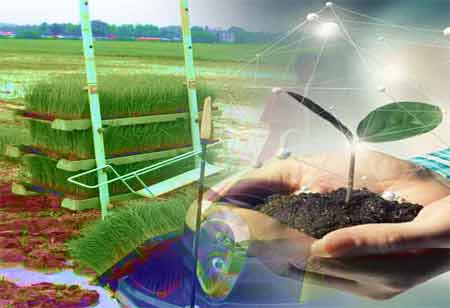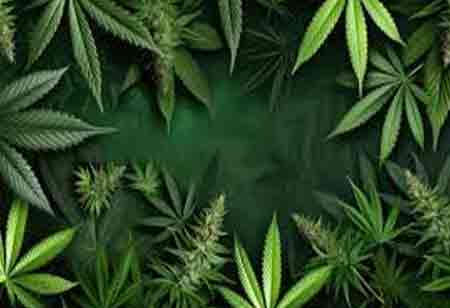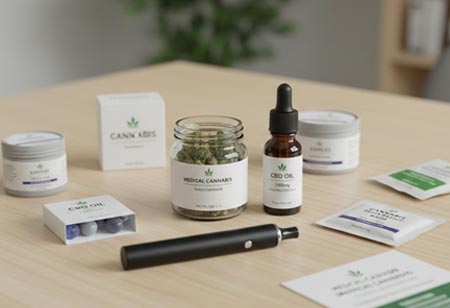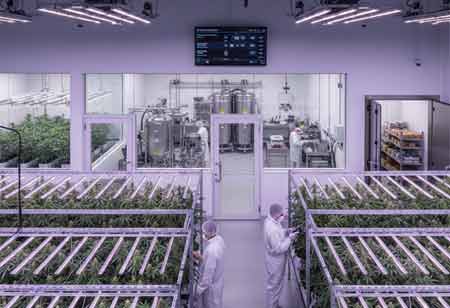Thank you for Subscribing to Cannabis Business Insights Weekly Brief
Significance of Cannabis Testing for Overcoming Industry's Challenges
Compliance and supervision are essential to safeguarding the cannabis industry and discouraging consumers from purchasing from the illegal market.

By
Cannabis Business Insights | Monday, July 03, 2023
Stay ahead of the industry with exclusive feature stories on the top companies, expert insights and the latest news delivered straight to your inbox. Subscribe today.
Laboratories for cannabis testing are responsible for quality supervision. Cannabis and cannabis-derived products purchased from a licensed facility are subjected to tests that examine samples for various constituents affecting product quality and safety.
FREMONT, CA: Compliance and supervision are essential to safeguarding the cannabis industry and discouraging consumers from purchasing from the illegal market. As cannabis legalization progresses, demand for cannabis testing services has increased to ensure that medical and recreational cannabis sold on the market meets quality and safety standards and is free of harmful contaminants. Cannabis testing presents several obstacles in the U.S., where testing requirements differ between states and depend on the type of cannabis from which the crop or product is derived. Cannabis testing laboratories are in charge of quality control.
Cannabis and cannabis-derived products purchased from a licensed facility are subjected to tests that examine samples for various constituents that affect product quality and safety. All cannabis testing laboratories must be outfitted with sophisticated, sensitive analytical instruments and qualified technicians and analysts trained in each testing method. Regulatory testing necessitates potency measurements so that the product can be labeled appropriately. Pesticides, heavy metals, processing compounds, and microbes or microbial byproducts are also screened in samples. Cannabinoid and terpenoid content are evaluated during potency testing to ascertain how much CBD and THC a product contains.
Culture-based techniques frequently produce false positives because the plating is more prone to contamination and requires a trained microbiologist to differentiate between yeast and bacteria species. Cannabis is screened for yeast, mold, fungi, and bacteria such as E. coli and Salmonella. The introduction of molecular diagnostic instruments eliminates the need for culture. The genetic barcode gets used to identify the microorganisms present in the sample. The use of pesticides in agriculture is regulated, but cannabis remains prohibited in several nations and territories. A conventional UV-vis detector, HPLC-DAD, simultaneously collects data over a spectrum of wavelengths.
The general protocol for pesticide testing involves an extraction step (to capture pesticides present in the sample), a clean-up step (to remove pigments or interferences that could affect the results), and an analysis step (typically liquid or gas chromatography with tandem mass spectrometry (LC/MS/MS or GC/MS/MS)). Some compounds are more amenable to GC analysis than LC, so many laboratories employ both techniques to ensure their procedure is sensitive to all the necessary combinations. Culture-based detection is a simple method that has been the gold standard since the early 1900s, but it requires particular nutrients and environmental conditions.






